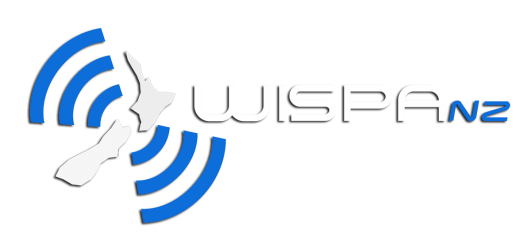The government’s announcement that it will allocate 5G frequencies instead of selling them is good news for New Zealand telecommunication users.
Mike Smith, the chair of WISPA.NZ, which represents more than 30 wireless internet service providers around New Zealand/Aotearoa, says allocation of the 3.5GHz band gives the telecommunications sector more certainty.
“The announcement ensures our MNO (mobile networks operators) get important access to the spectrum they need for 5G mobile rollouts but also puts clear expectations around increasing 5G coverage in regional New Zealand, which we applaud,” Mike Smith says.
He says the announcement gives the industry an affordable way to deploy 5G
technology.
“We see it as a win for New Zealand,” he says.
“It also confirms the commitment to Māori with the IMSC (Interim Māori Spectrum Commission) being allocated spectrum in the band.
“The additional announcement that network provider Dense Air is working with the government to develop 5G services into under-served areas using their unique networking solution with access in the band is also good news.”
Smith says all that remains to be done is a “regional 3.5GHz allocation” which will be a key enabler for rural internet connectivity.
“WISPA members, along with private network operators, are ready to use this
allocation in the band as soon as it is announced. Once spectrum becomes available we can deliver rural broadband to those people outside of the small towns and major centres which will get mobile 5G services.
He says WISPA is working closely with RSM (Radio Spectrum Management), the Government’s spectrum regulatory agency, to ensure equal and fair access to the 3.5GHz band is made available to WISPS and regional operators. This will ensure rural connectivity is boosted and not set back with a 5G mobile-only rollout.
“There has been an ongoing concern from our organisation that too much focus on 5G mobile would limit the benefits of this band for regional NZ.”
He says some mobile operators may have been tempted to go for the easily
accessible customers in the towns and cities, but with this allocation the government can ensure operators move into smaller centres.
“Also, providing spectrum in the band for smaller regional providers to provide
service those outside of those 5G areas is critical for a digitally inclusive New
Zealand”
He says the access to spectrum such as the 3.5GHz is vital for wireless internet service providers.
“It’s required to power new technologies that best ensure those outside of major cities and towns can have the connectivity they deserve.
“Our WISPA members, who primarily focus is on delivering services to regional NZ, need to have fair and equal access to this new spectrum and any upcoming bands as well.
“This will ensure that the more than 75,000 homes and businesses WISPA members already connect can be better served in the years to come.”
He says WISPA looks forward to future announcements in relation to the 3.5GHz band and a “regional spectrum allocation”.
For more information contact Mike Smith
Chairman – WISPANZ
mike.smith@wispa.nz


